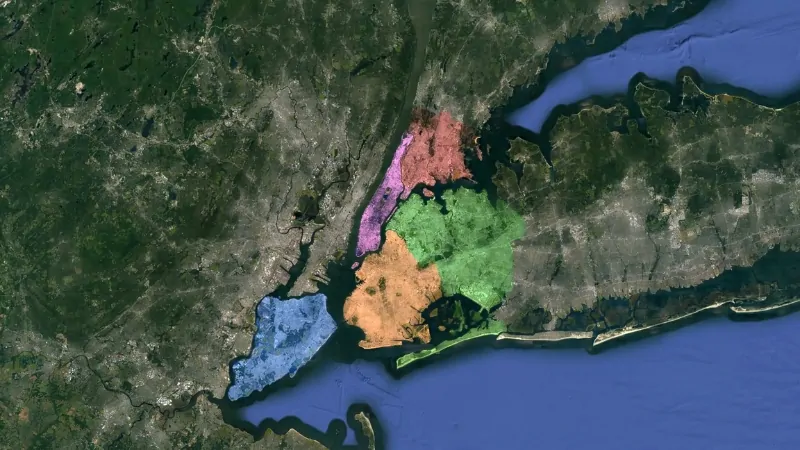New York City, famously known as the “Big Apple,” is perched on the Atlantic coast in New York State at the mouth of the Hudson River.
This vibrant metropolis is spread across several islands, all connected by bridges, and comprises five unique boroughs: Manhattan, Brooklyn, Queens, the Bronx, and Staten Island.
It’s the most populous city in the U.S. and one of the largest urban hubs globally.
One of New York’s most iconic spots, Times Square, sits at the intersection of Broadway and Seventh Avenue.
Known as the “Crossroads of the World,” it’s a buzzing center for entertainment, media, and tourism.
New York City is often seen as the “Capital of the Modern World,” playing a pivotal role in global media, politics, education, fashion, and finance.
Manhattan, the city’s heart, is packed with history and cultural landmarks. Originally a Dutch trading post, it now houses Wall Street and the United Nations headquarters.
With 8.1 million people calling the city home—and nearly 20 million in the surrounding metropolitan area—New York City’s population is larger than the entire population of countries like Chile or the Netherlands but still it is not the capital of NY state.
Table of Contents
ToggleGeography Map of New York City
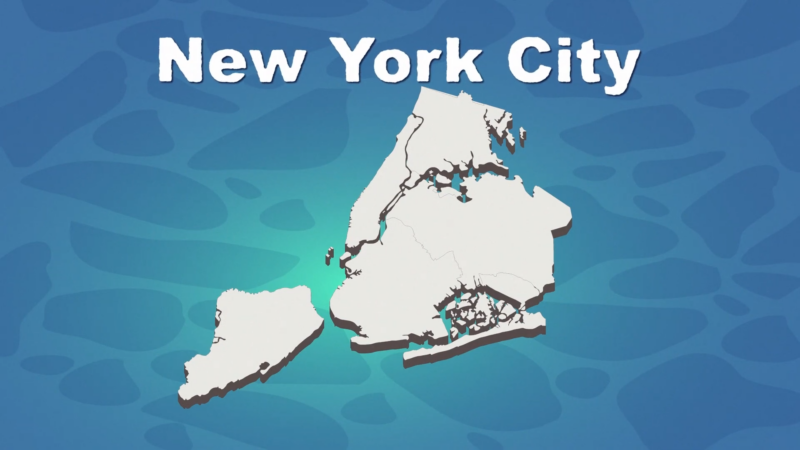
New York City is situated in the northeastern U.S., in the southeastern part of New York State, roughly halfway between Washington, D.C., and Boston.
Its strategic location at the mouth of the Hudson River, which opens into a naturally protected harbor on the Atlantic Ocean, has historically made it a prime location for trade and transportation.
The city spans three primary islands—Long Island, Manhattan, and Staten Island—each connected by bridges that tie together this expansive metropolis.
Due to its unique position, New York has developed into a major global trading hub, with its ports supporting extensive commerce and growth. The shallow bedrock under Manhattan provides a stable foundation for its many skyscrapers.
Glacial History
During the Wisconsin Glaciation, which occurred between 75,000 and 11,000 years ago, New York City’s area lay at the edge of a massive ice sheet.
The glacial movements carved the landscape, leading to the separation of Long Island and Staten Island.
This period of ice expansion and retreat left behind shallow bedrock, which is an ideal foundation for skyscrapers, influencing the city’s iconic skyline.
The glaciation significantly shaped the topography of the region, giving New York its distinct landform features.
Today, remnants of this glacial history are subtly evident in the city’s unique geological structures.
Rivers and Waterways
The Hudson River flows south through the Hudson Valley and eventually empties into New York Bay, defining much of the western boundary of the city and separating it from New Jersey.
The East River, a tidal strait connecting Long Island Sound to the New York Harbor, separates the Bronx and Manhattan from Long Island.
Another significant waterway, the Harlem River, links the Hudson and East Rivers, acting as a natural divider between Manhattan and the Bronx.
The Bronx River, flowing through the Bronx and Westchester County, stands out as the city’s only entirely freshwater river. These rivers have shaped the city’s geography, influencing its development and accessibility.
Land Reclamation and Topography
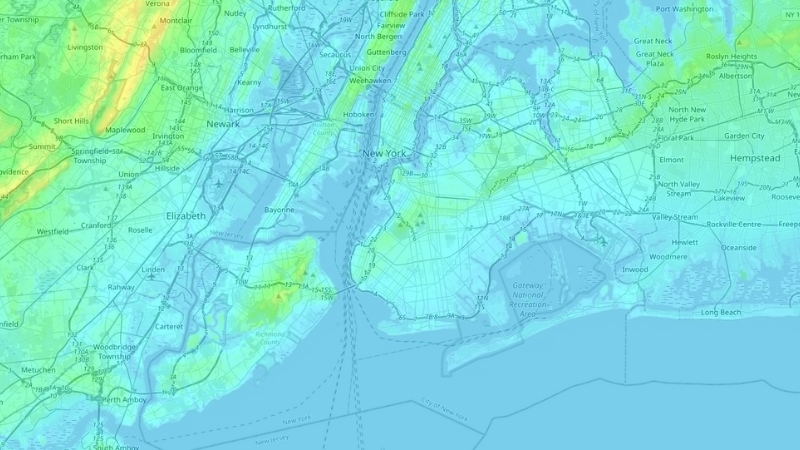
New York City’s landscape has undergone considerable transformation due to human intervention, especially along its waterfronts.
Starting in Dutch colonial times, extensive land reclamation projects have altered the shorelines, with significant projects in Lower Manhattan, such as Battery Park City in the 1970s and 1980s.
While much of Manhattan’s natural topography has been leveled, the city’s overall terrain includes varied elevations, with the highest point being Todt Hill on Staten Island at 409.8 feet above sea level.
Todt Hill, primarily covered by the Staten Island Greenbelt, offers one of the city’s few preserved natural landscapes.
Boroughs of New York City
New York City consists of five boroughs, each with its own distinct characteristics and administrative structures.
Manhattan, the smallest yet most densely populated borough, is the city’s cultural, administrative, and financial hub, home to landmarks like Central Park, Wall Street, and the United Nations headquarters.
Brooklyn, located at the western end of Long Island, is the city’s most populous borough, celebrated for its diverse communities, arts scene, and beachfront areas like Coney Island.
Queens, the geographically largest borough, is recognized as the most ethnically diverse urban area in the world and hosts major sporting venues, including Citi Field and the USTA Billie Jean King National Tennis Center.
The Bronx, located on the mainland, is home to Yankee Stadium, the Bronx Zoo, and Pelham Bay Park, the city’s largest park.
Staten Island, known for its suburban character, features the Staten Island Greenbelt and is accessible by the free Staten Island Ferry.
Climate
New York, which typically gets about 4.5 inches of rain in October, got nothing. It was a freak weather event that will become more common in a chaotic climate, @markgongloff says https://t.co/esaWg6syog
— Bloomberg Opinion (@opinion) November 5, 2024
New York City has a humid subtropical climate, making it the northernmost major city in North America with this classification.
Summers are hot and humid, while winters are typically cold and damp, though tempered by the Atlantic Ocean’s influence.
With an average of 49.5 inches of annual precipitation, New York experiences a fairly even distribution of rainfall throughout the year.
The urban heat island effect raises nighttime temperatures by around 9.5 °F, especially during the summer.
Extreme temperatures are rare, but the city can experience heatwaves, and snowfall varies significantly from year to year.
Parks and Green Spaces
New York City boasts an extensive park system managed by federal, state, and city agencies, with 28,000 acres of municipal parkland and 14 miles of public beaches.
Central Park, located in Manhattan, is one of the most visited urban parks worldwide.
Other notable parks include Pelham Bay Park in the Bronx, the city’s largest park, and Prospect Park in Brooklyn.
Gateway National Recreation Area spans over 26,000 acres, providing a refuge for wildlife and recreational space for city residents.
Historic sites like the Statue of Liberty, Ellis Island, and Governors Island are part of the National Park Service’s stewardship, adding historical significance to the city’s green spaces.
Environmental Sustainability
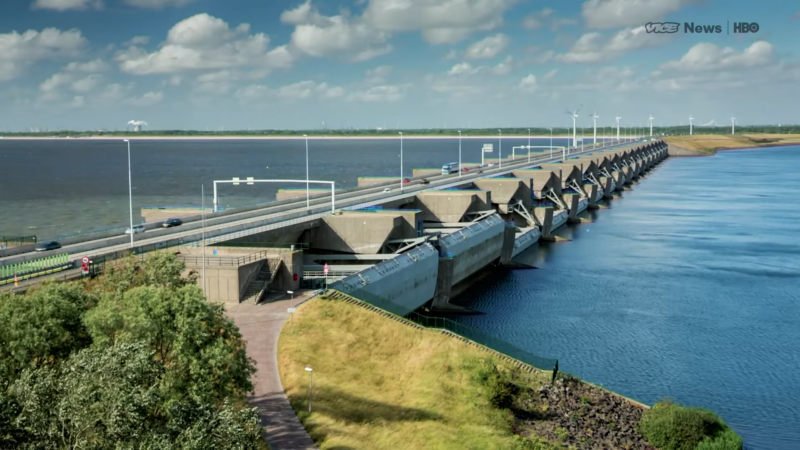
As a densely populated urban area, New York City faces unique environmental challenges, but it is also a leader in sustainable practices.
The city’s efficient public transportation and high rates of cycling and walking make it one of the most energy-efficient cities in the U.S.
New York’s commitment to reducing greenhouse gas emissions is bolstered by projects like the Governors Island Climate Research Center, aiming to advance the city’s leadership in addressing climate change.
The city’s drinking water comes from the protected Catskill Mountains watershed, allowing for high-quality water with minimal need for treatment.
Air Quality and Pollution
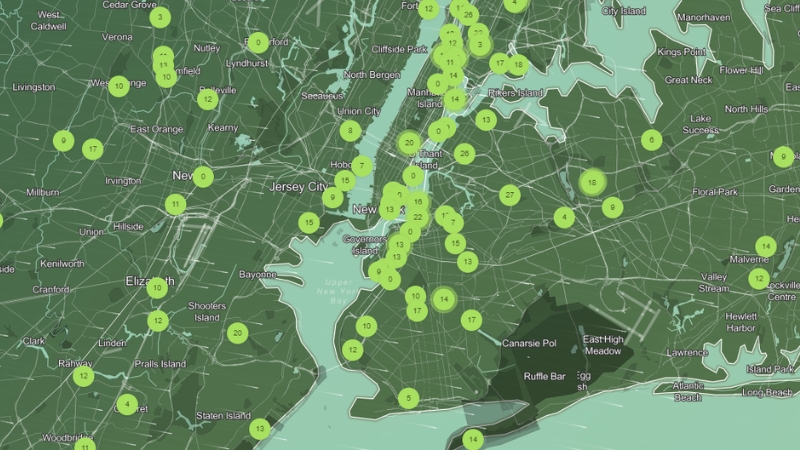
New York City has worked to improve its air quality, and as of recent measures, its PM2.5 concentration remains below the World Health Organization’s recommended levels.
The city’s Department of Health conducts ongoing air quality surveys, tracking pollutants and making adjustments to improve residents’ health.
Thanks to its significant green spaces and commitment to public transport, New York maintains a relatively low per-capita greenhouse gas emission rate.
Demographics of New York City
New York City is the most populous city in the United States, with 8,804,190 residents as of the 2020 census, marking its highest recorded population.
Unlike other cities, New York experienced net immigration gains from 2010 to 2020, adding 629,000 new residents, more than any other city in the country.
This growth outpaced population gains in the next four largest cities combined—Los Angeles, Chicago, Houston, and Phoenix.
Manhattan has the highest population density in the U.S., with 70,450 inhabitants per square mile.
Over 58% of New Yorkers live in Brooklyn or Queens, emphasizing the boroughs’ significant contribution to the city’s population.
But the population is estimated do declined by approximately 8,1 million.
Ethnicity and Nationality
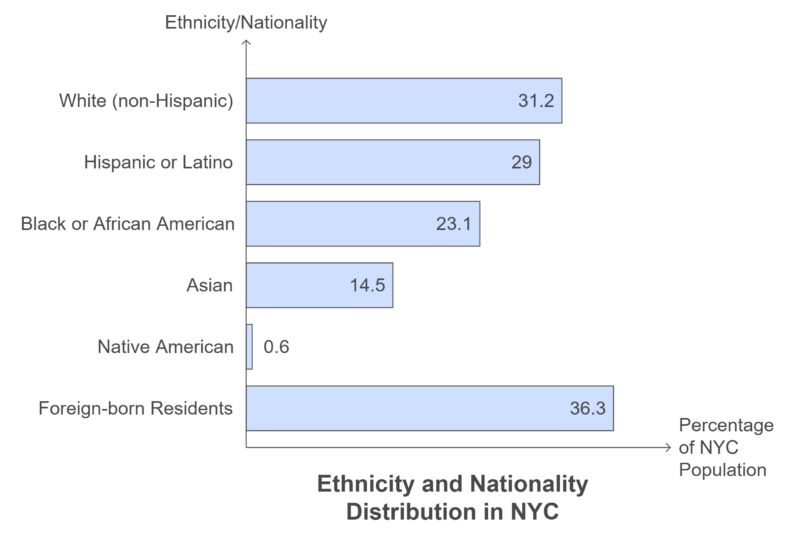
New York City is one of the most diverse cities globally, with no single ethnicity dominating the population.
In 2020, the population was 31.2% White (non-Hispanic), 29% Hispanic or Latino, 23.1% Black or African American, 14.5% Asian, and 0.6% Native American.
More than 800 languages are spoken here, and around 36.3% of New Yorkers are foreign-born, making the city a central hub for international immigration.
Ethnic enclaves such as Little Italy (most of them coming from Sicily), Little Fuzhou, and Little India are home to vibrant immigrant communities from various nationalities, including large populations of Dominican, Chinese, Puerto Rican, and Italian descent.
Cultural Enclaves and Communities
New York City hosts numerous cultural enclaves, each representing a strong connection to its community’s roots.
For instance, Manhattan’s Chinatown houses the largest Chinese population outside Asia, while Queens is home to the highest concentration of Asian Indian residents in the Western Hemisphere.
The city also has the largest African American and Puerto Rican communities in the U.S., as well as a significant European population, with enclaves for Italian, Irish, and Polish Americans.
The Jewish community in New York City is also one of the largest globally, with over 960,000 residents in 2023.
LGBT Culture
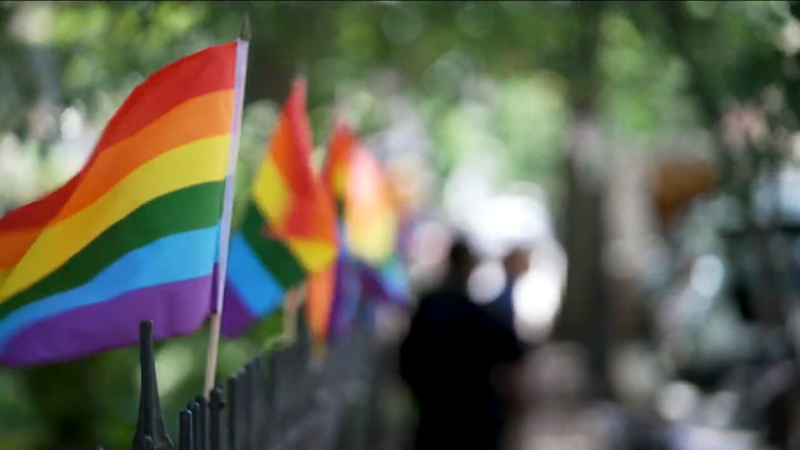
New York City is celebrated for its LGBT community, often considered the “gay capital of the world.”
With over 570,000 self-identifying gay and bisexual residents, it has one of the largest LGBT populations globally.
The annual NYC Pride March is the world’s largest, attracting millions of spectators and tens of thousands of participants each June.
In 2019, the city hosted Stonewall 50 – WorldPride, marking the 50th anniversary of the Stonewall Uprising, a pivotal event in LGBT history.
The Brooklyn Liberation March in 2020 drew thousands in support of Black transgender lives, highlighting the city’s role in advocating for LGBT rights.
Religion
New York City is home to followers of diverse faiths, with Christianity as the largest religion, encompassing 59% of the population.
Roman Catholics form the majority within this group, followed by Protestant denominations.
Judaism is the city’s second-largest religion, with nearly a million Jewish residents in 2023, particularly concentrated in Brooklyn.
Islam ranks as the third-largest religion, with an estimated 600,000 to one million adherents. The city also has communities practicing Hinduism, Buddhism, Sikhism, and Zoroastrianism.
About 24% of New Yorkers reported no religious affiliation, reflecting the city’s cultural openness.
Education

New York City’s education system is the largest in the world, serving approximately 1.1 million students in over 1,800 public schools, including charter schools.
The city’s public library system, featuring the New York Public Library, Brooklyn Public Library, and Queens Library, is among the most extensive in the U.S.
The city is also home to 120 higher education institutions, including renowned universities like Columbia University, New York University, and City University of New York.
With strong programs in medicine and the life sciences, New York City is a leader in scientific research, awarding the most postgraduate life sciences degrees in the U.S.
Health
New York City’s healthcare infrastructure is extensive, employing over 750,000 people across numerous private and public hospitals.
NYC Health + Hospitals, the city’s public health system, is the largest municipal healthcare network in the U.S., serving millions, including 475,000 uninsured residents.
Bellevue Hospital, the oldest public hospital in the country, offers specialized services and emergency care for world leaders visiting New York.
The city also enforces a “right-to-shelter” policy, ensuring shelter for all in need, which helps maintain a lower percentage of unsheltered homeless individuals compared to other major cities.
Top Attractions in New York City (Condensed)
One World Observatory
Located atop the tallest building in the Western Hemisphere, visitors reach this observatory in 60 seconds via immersive elevators, revealing panoramic views of Manhattan’s skyline. Dining options include One Café, One Mix, and the fine-dining One Dine.
Madame Tussauds New York
This five-story wax museum in Times Square is one of the largest Madame Tussauds locations, offering visitors the chance to create unique mementos, like wax hand sculptures.
American Museum of Natural History
Known for its iconic exhibits like the massive blue whale and prehistoric skeletons, this museum on the Upper West Side sparks curiosity about natural history across cultures and time.
Legoland New York
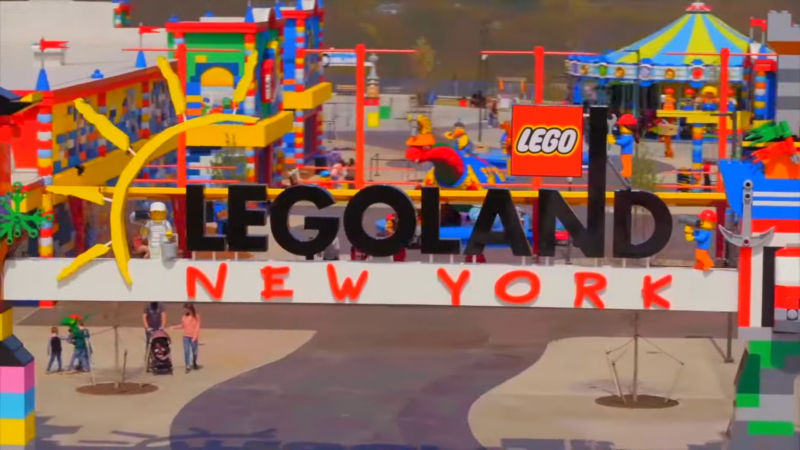
A family-friendly theme park celebrating Lego, complete with playful brick-themed attractions and fun rides, perfect for kids and families.
The Frick Collection
Housed in an opulent residence, this collection includes masterpieces by artists like Rembrandt and Vermeer, set in beautifully designed rooms with European-style interiors.
Catacombs by Candlelight Tour
This 90-minute candlelit tour of St. Patrick’s Old Cathedral offers a unique glimpse into hidden catacombs, including the resting places of notable New Yorkers.
Helicopter Tours
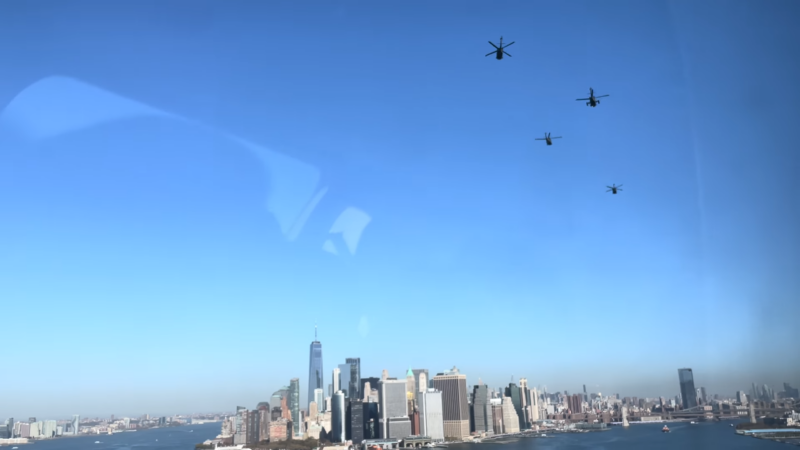
See the city from above with helicopter tours providing breathtaking aerial views of NYC’s iconic skyline, including close-ups of landmarks like the Statue of Liberty.
Broadway Shows
Experience NYC’s world-famous theater scene, with Broadway offering everything from dramas to comedies, showcasing live performances in Manhattan’s Theater District.
New York Aquarium
Located at Coney Island, this aquarium features unique habitats like the sea lion pool and a shark exploration tank, with daily feedings for visitors to enjoy.
Westfield World Trade Center Oculus
View this post on Instagram
A post shared by Westfield World Trade Center (@westfieldworldtradecenter)
This striking train station, designed by Santiago Calatrava, features a massive white metal structure symbolizing a dove and houses numerous shops and restaurants.
Summit One Vanderbilt
Visitors to this observation deck experience mirrored infinity rooms and glass sky-boxes that extend over 1,000 feet above Madison Avenue, delivering thrilling, sky-high views.
RISENY
This flight simulation attraction gives a bird’s-eye view of NYC, immersing visitors in iconic city sights and pop-cultural milestones via a 180-degree projection dome.
Edge Observation Deck
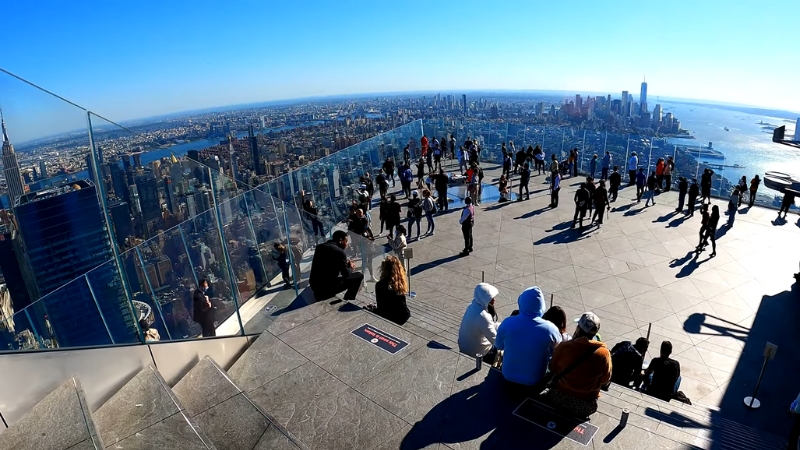
The highest outdoor deck in the Western Hemisphere, Edge offers breathtaking, unobstructed views from Hudson Yards, with a thrilling glass floor for those brave enough.
Empire State Building
This Art Deco icon provides stunning views of the city from its observation decks, along with a renovated lobby showcasing beautiful design details.
Citi Field
Home to the New York Mets, Citi Field boasts excellent sightlines, a variety of dining options, and a fun environment for fans and families.
Little Island
Manhattan’s newest “floating” green space features vibrant gardens, lawns, and a scenic amphitheater with Hudson River views, offering free entry with a reservation.
TWA Hotel
This chic hotel at JFK Airport, set in the iconic 1960s TWA Terminal, offers retro-style rooms, a rooftop pool, and views of the runway.
Museum of Ice Cream
This playful museum includes interactive installations like a three-story slide and a subway exhibit, finishing with a tasting of delicious ice cream treats.
Brooklyn Bridge
Brooklyn Bridge, New York pic.twitter.com/YLdhqNMLtZ
— Amazing eyes (@Amazingeye55) November 11, 2024
This historic suspension bridge offers stunning views of lower Manhattan and the Statue of Liberty, making it an ideal spot for photos and a scenic walk.
Central Park
Known for its sprawling meadows, trails, and iconic spots like Sheep Meadow, Central Park is an urban oasis perfect for relaxation or a scenic rowboat ride.
Top of the Rock Observation Deck
Situated at Rockefeller Center, this deck offers panoramic city views from 70 stories up, showcasing the Empire State Building and Central Park.
Statue of Liberty
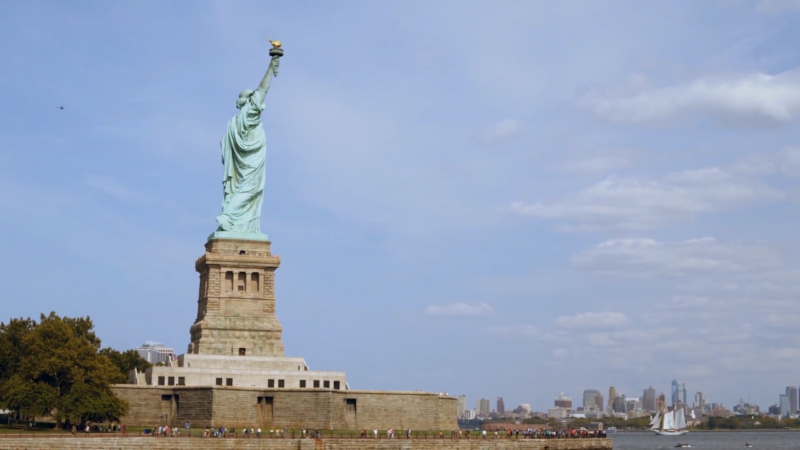
A symbol of freedom, this iconic statue on Liberty Island offers panoramic views of New York’s skyline, best enjoyed with a reservation for the crown.
City Climb at Edge
Thrill-seekers can ascend the outside of Edge’s observation deck, reaching 1,271 feet and leaning out over the city for an unparalleled view.
Vessel
This honeycomb-like sculpture at Hudson Yards features interlocking staircases, offering views of the Hudson River from its terraces.
Metropolitan Museum of Art
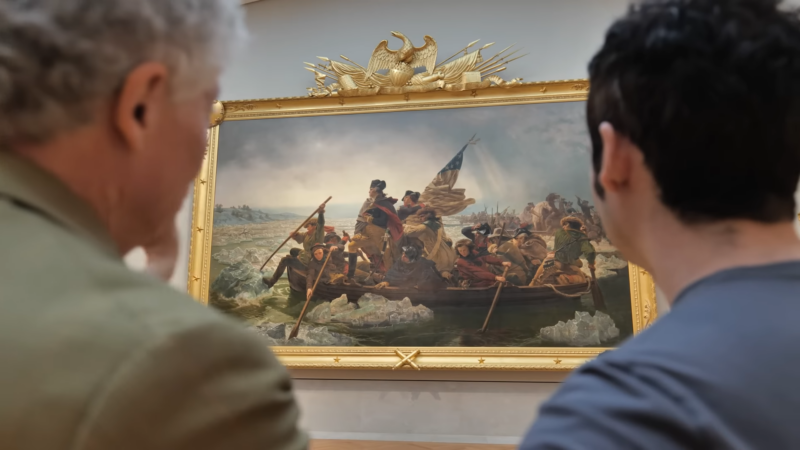
Housing over 17 curatorial collections, this museum spans cultures and time periods, from Egyptian artifacts to contemporary art.
Chrysler Building
This Art Deco gem features illuminated triangle windows and eagles, making it a striking part of NYC’s skyline.
The High Line
This elevated park offers unique perspectives of NYC, combining greenery, art installations, and scenic views along a former railway line.
Rockefeller Center
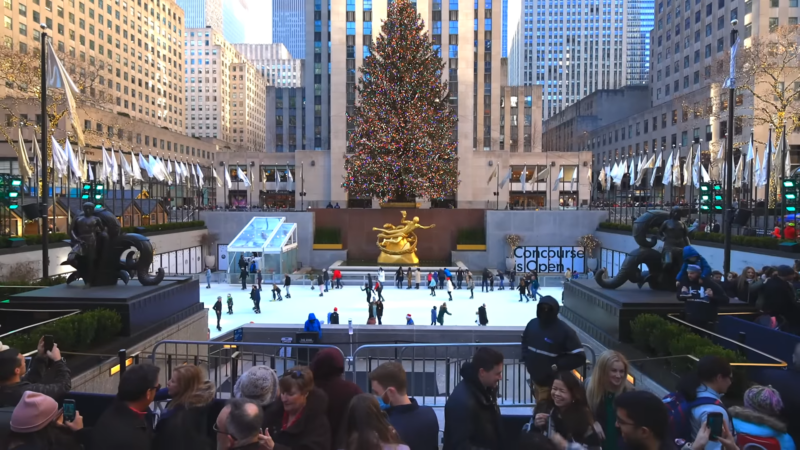
A complex of shops, restaurants, and entertainment, featuring the Top of the Rock observation deck and the famous ice-skating rink.
Grand Central Terminal
Known for its Beaux Arts design and opal clock, this historic transit hub is a New York icon with beautiful architecture and art.
Prospect Park
Designed by the creators of Central Park, this expansive Brooklyn park offers vast green spaces, a zoo, and the picturesque Ravine.
References
- World Population Review – New York Population
- Census.gov – New York Population Change
- Department of Labor – New York State Geography


